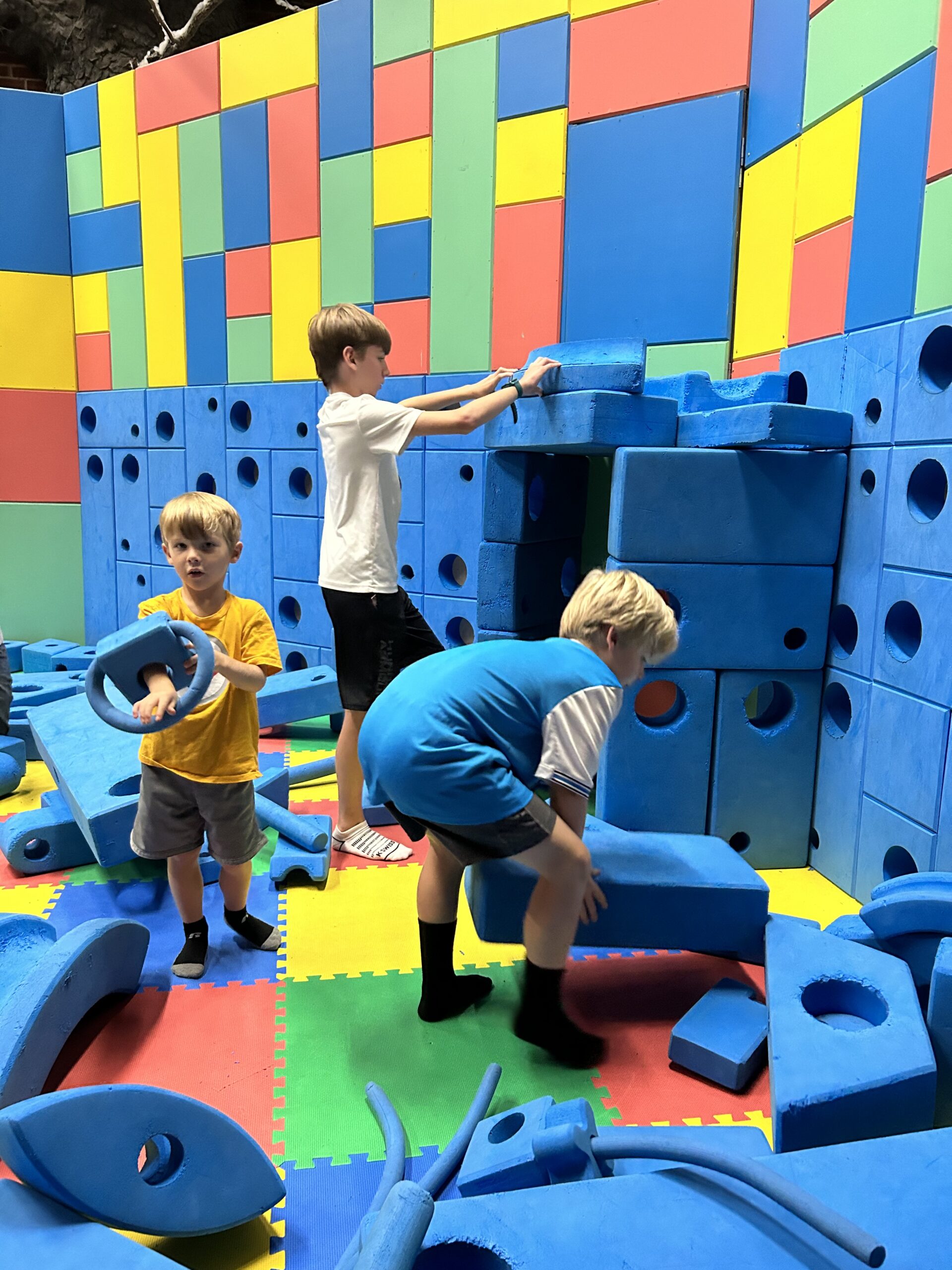Academic grouping is not new. It goes by many names such as ability grouping, academic grouping, flexible grouping, instructional grouping, and fluid grouping. These groups have slight differences that depend on the needs of the school, the classroom, and the children.
Grouping began as early as the 1800s. However, in the 60s ability groups began for reasons of segregation due to poverty and discrimination. Today, student groups are a topic of discussion. However, they are for learning purposes. Thus, it experiences various levels of support and adoption.
Academic Grouping and Others
This type of grouping is also known as fluid grouping. It gives students a chance to work with others that have the same academic needs. Once students achieve the educational goal, the students move into another group.
Flexible grouping is a process. Thus, the creation happens before a group forms. Strategies for this group and its evaluation process are part of the process as a whole. Therefore, plans made before formation eliminates any chaos that comes with the formation of groups.
Grouping Needs To Know
Considerations for forming groups of students to successful academic study is slow.
— The assessment process is the first step in the formation of groups.
— Determine where students fall in line with the standards.
— Consider how ofter to collect data to determine if the student’s needs are met.
— As assessments are ongoing, the placement of successful students in another group must be a consideration.
Once students are in groups, it is important to keep them fluid with strategies and support. Consistent requirements for noise, material, and completion of assignments are critical. It’s important to keep things simple and start slowly to avoid confusion. Thus, student groups are not enough. Therefore, what happens within matters.
The frequency of students working with different peers in other groups keeps their exposure to new viewpoints and perspectives. Thus, students learn to listen and communicate with different personalities. So, no matter what type of groups, students learning with others in small groups is a powerful learning process.




